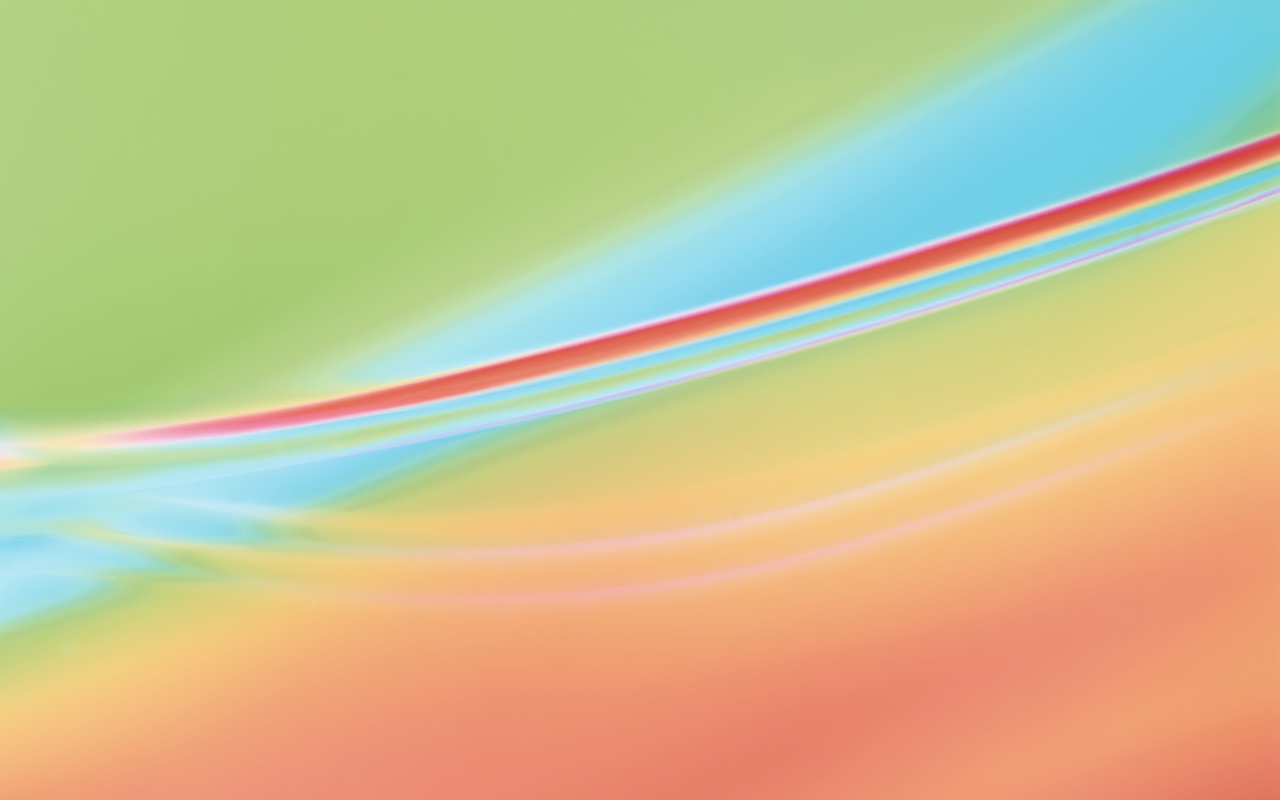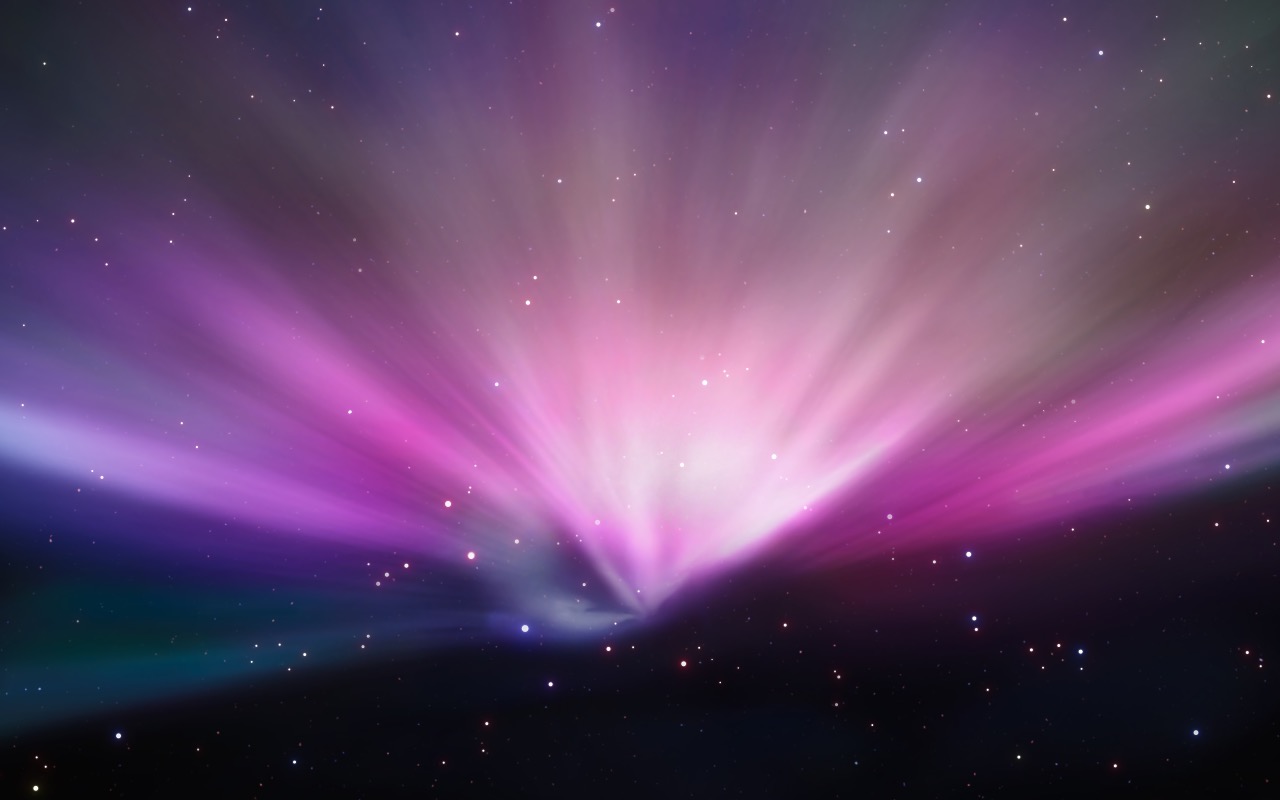Was Snow Leopard 10.6 the greatest OS X release? Demystifying a legend
This is the adapted script from my "Was Snow Leopard 10.6 greatest macOS release ever? An OS X essay" as I know many people prefer written versions (often my self included). This version departs from the original script to better accomedate written word.
Intro
If you were to ask a group of long-time Mac users, what's the best Operating System Apple has ever released? It'd likely be nearly unanimous.
Mac OS X 10.6 Snow Leopard It's one of the most loved products Apple has ever released, renowned even a solid dozen-plus years later as the king of Mac OS.. Many long-time users consider the high watermark of Mac OS to be Snow Leopard.
9 to 5 Mac wrote an article titled called "The Myth, The Legend: How Snow leopard became synonymous with reliability ." The article is a nice attempt to contextualize Snow Leopard in the greater narrative of OS X, but it falls a bit flat. It makes some decent points, and I don't want to take that away from those, but I think I have a better explanation for why Snow Leopard was so dearly loved. Plus, I have my own opinions about which release of OS X/macOS is the greatest.
A Brief OS X History
Mac OS X started its life with a lot of promise and not a lot to show for it. (I recommend both Ars Technica's OS X 10.0 and OS X 10.1 reviews) Yes, it was a brand new operating system that was based on the FreeBSD kernel, but 10.0 and 10.1 were buggy, slow, lacking critical software that most users depended on, and the hardware running it didn't do a lot of favors for it. To illustrate the incompleteness of early OS X, 10.0's public beta installer doesn't have a disk utility to format a hard drive so you could install the OS. You had to do this with Mac OS 9 first.
Native application ports were very few and far between in the early days of OS X., Many of the early applications relied on the Carbon Framework, which functioned as an intermediate way to port Mac OS 9 Applications to OS X with less friction rather than doing a fully native port to Cocoa. That's assuming they ran in OS X at all.
It wasn't until 10.2 Jaguar that OS X started to come into its own. Jaguar saw the introduction of HFS+, MPEG4, address book, Bonjour for Networking, Quartz Extreme, iCal, and iChat. Quick aside, I can't stress what a big deal it was when Apple released Quartz Extreme in 10.2.8, which used the GPU to accelerate the UI. This was huge as the Aqua user interface burned many CPU cycles live resizing and dragging windows.
By 2003, 10.3 Panther was the first OS X I used almost exclusively, as previously, I would dual boot between Mac OS 9 and OS X. My guess is this was the same experience for many other long Mac users. It was less to do with the new features like Font Book, File Vault, Exposé, much faster preview, and better stability, but rather most major applications had a Cocoa or Carbon version that could be run in OS X without using the Classic Emulation, and Apple started shifting to OS X only computers like the G5.
Then one of the biggest rumors came to fruition. In 2006 10.4.4 Tiger became the first release of x86 OS X, starting with the iMac Core Duo. This was on the heels of Tiger, which introduced some core technologies that are still with us, such as Spotlight replaced Sherlock, 64-bit support, Core Image, Core Audio, and some important improvements like Quicktime 7, and introduced a strategy we'd recognize today, Rosetta, a compatibility layer to translate PowerPC binaries to x86.
Mac OS 10.5 Leopard really brought Mac OS into the modern era, as it had Core Animation, Bootcamp, Time Machine, Spaces, Full Unix compliance, App Sandboxing, and app code signing. The UI was maturing. The security features were rolling in.
Snow Leopard

However, despite the significant changes in the previous OSes, 10.6 is the one that hangs above the rest. 10.6 wasn't devoid of features. In 2008, it introduced Multitouch support for trackpads, better Bootcamp support, improvements to Time Machine, the introduction of Grand Central Dispatch for better multicore performance and OpenCL, and the much-needed rewrite of many core applications to 64-bit. And while these features are great, these aren't the reasons why people love this damn OS so much.
That is because there's one absolutely huge asterisk I have not mentioned yet, and almost no one seems to remember.
Snow Leopard dropped PowerPC support. This was the CPU of choice for Apple since 1994. So remember the first intel iMac, the dual-core Core Duo? It was released on January 10th of, 2006. I don't think I'm making this point clear enough. Let me explain. At its release, the absolute oldest computer Snow Leopard was ever installed on was less than two and a half years old. The previous iMac G5 was a single-core CPU, whereas the iMac Core Duo was dual-core. Plus, the performance gap between PowerPC and x86 was wide. Secondly, Apple only shipped the Core Duo Macs for mere months. The new MacBook lineup shipped with a Core Duo in May, and by November, it already had the new, much faster 64-Bit Core 2 Duo. Oh yeah, Intel was making meaningful gains during this era. Snow Leopard never had to support shitty hardware for its day.
In 2009 alone, Apple refreshed its MacBook, MacBook Pro, MacBook Air Mac Mini, iMac, Mac Pro, and the Xserve. Yep, that was the entire lineup. Between 2006-2010, this was basically normal. Each year, Apple would refresh entire lineup would be refreshed yearly sans a few outliers, like the MacBook Air since it was introduced in 2008, and the Mac Mini, Xserve with less frequent updates, so the chances are if you used Snow Leopard, it was likely on very new hardware.
It's easy to see why many Mac users also consider this the high watermark for Apple and the Macintosh platform. It's hard to overstate this, but the perception of Apple during this era was completely different.
While Apple was doing very well, it wasn't the world's richest company yet. In 2009, the iPhone was only two years old, and the iPad was still a full year out. This is why I argue that a lot of Snow Leopard's clout still commands has to do with the hardware it was running on.
A top-of-the-line Quad-Core (Dual cpu/dual core) G5 could barely playback 1080p without dropping frames, and then two years later, a 2008 Mac Pro could playback multiple streams of 1080p video without dropping a single damn frame. The biggest single hardware upgrade I've ever experienced in my time using a computer was going from a 2004 Dual CPU G5 to a 2008 Mac Pro. A lowly MacBook could watch HD Video. The differences in everyday performance were stark. The x86 Macs even booted faster.
Here's something for the youngins, it's easy to forget that OS updates used to cost money to the sweet tune of $129. Snow Leopard reduced its price to $29. I have to give 9to5Mac credit as this point is a good one. Many users probably went straight from Tiger, skipping Leopard, to Snow Leopard. Windows Vista had been driving users away in droves. Many first-time Mac buyers skipped out on Windows 7, which was only released to manufactures before Snow Leopard (although the public would not have it until September), and went straight to Apple. First impressions matter, and Snow Leopard was a fantastic one to have, especially coming from the frustrations of the often misaligned Vista.
Sadly, Snow Leopard was the last macOS that supported Rosetta, meaning some users stuck with Snow Leopard 10.6, resisting the tides of change. It was an optional download and allowed users to run much of the earlier OS X software at surprisingly usable speeds. In what is to become a reoccurring theme, Apple unlike Microsoft, was completely willing abandon the old without extending an olive branch by offering optional legacy support. Notably, it's been speculated that Apple did not renew a software license to continue using Rosetta 1.
Lastly, as previously mentioned, Snow Leopard represents a time when the Mac was still at the center of the Apple universe. The iPod lineup was still going strong but tied to iTunes. The iPhone 3GS was blowing the minds of consumers, journalists, and pretty much everyone who touched one after the introduction of the app store, but it still was a tethered experience and required a computer to set it up. The iPhone wouldn't become an untethered experience until iOS 5 in 2011. At the heart of it, all was OS X and iTunes.
Also, for many cultish Mac-acolytes, their savior, Steve Jobs, was still alive. Even today, it's still a trope to hear Mac users lament, "It wouldn't have happened if Steve were still alive." This was time of reverence as our modern cynacism still hadn't manifested. Social media in the late 2000s was nascent, darker side of smartphones addiction hadn't appeared, and Amazon and other large online retailers were only just started to gut main street America.
I'm certain that Steve's image would have slowly been ebbed away as the pervasive influence of big tech has turned the public image once prodigies like Mark Zuckerberg, Jeff Bezos and Elon Musk into megomaniacs, hopelessly out-of-touch and ruthless businessmen.
The end of the cats
Apple's 10.7 and 10.8 weren't total duds, but they had some early woes. 10.7 had a few bizarre installer issues like the CUI CUI CUI error, and 10.8 had permission issues that prevented Time Machine restores (and other Time Machine problems), much to the chagrin of troubled users. 10.7 Lion brought a lot of mainstays like auto-save, auto-correct, emojis, and push notifications, finally replacing growler, face time, airdrop, iCloud, and more multitouch gestures. However, two of these were negatives. The way Apple first introduced Autosave was confused and felt dumbed down. 10.7 also had to inherit the iCloud debacle, which added to its buggy perception. 10.8 Mountain Lion lacked many of the big features that OS X users were used to seeing in previous OS releases. Part of this was because macOS was maturing, but also, it felt like Apple was devoting all its resources to the iPhone and iOS. It didn't help that many of the big features of OS X were lifted from iOS. Things like notification center, game center, messages, airplay mirroring, and Gatekeeper felt like more iOSification of OS X.
One of the great ironies here is that macOS was actually getting faster. The legendary speed of Snow Leopard doesn't translate much into real-world performance. CNet showed that Lion outperformed Snow Leopard.
Mavericks
But now it's time we finally get to talk about the true king of OS X releases, the one, and only severely underrated Mavericks. It was the culmination of both the Lions and the total lack of additional notification, focusing strictly on performance. It felt like a hardware upgrade had shipped in a software update, and it was the first mac OS that was free! This meant anyone could update it without paying a damn cent.
It didn't feature any radical UI changes beyond the much-needed tabbed finder and the reduction of some of the skeuomorphism found in the address book notepad, iCal, but it did bring the UI into a glorious, whole new world of resolution independence, not just for retina Macbook owners but for everybody, including 4k displays. Big massive things happened under the hood. Timer coalescing was introduced, a massive win for power saving in the MacBook lines, but the much bigger win was Virtual Memory compression. Virtual Memory compression functions using lossless data compression for anything memory-related, RAM, virtual disk swaps, and save states. In short, this means you can make much better use of the RAM you have, and it requires less ram for daily use, especially in multitasking. This also speeds up virtual spaces as less disk space is required, thus fewer transfer times and less power usage. It drastically improves performance on multicore machines, thus, longer battery life. Virtual Memory compression is the gift that keeps on giving. It's also the driving tech behind App napping, which was also introduced in Mavericks! App napping puts apps not being used to sleep, so they're not using system resources, which improves performance and, you might have guessed, saves battery life!
Mavericks also introduced minor features like centralized task scheduling, which made more mindful use of the battery, for example, not running Spotlight indexing when not plugged into a wall. Ars Technica measured Mavericks with an incredible 3 hours longer battery life than a MacBook Air over running OS X 10.8. I highly recommend reading the entire review.
Mavericks also get bonus points for being stable from the get-go. After, two OS releases that weren't Mavericks deserve kudos for that. Oh, for my Mac Pro, homies? It was also the first OS to support more than 96 GBs of RAM. I feel so strongly that Mavericks is the best macOS release because all these changes just happened as a user. You didn't have to know a damn thing about them. It was a huge performance boost, was more stable, got you more battery life, and unlocked the world of resolution independence. Everything just gelled with Mavericks. Let's not forget this upgrade was free. Like Snow Leopard, a lot of its perception and legacy has to do with the OS that follows it.
Mavericks was booked end by what I'd consider the worst release of x86 macOS ever, 10.10 Yosemite. It was an absolutely terrible overcorrection on the UI and had one of the most brutal bugs that resulted in the worst networking performance I've ever experienced on a modern OS. At least the networking eventually got fixed, unlike the Johny Ive flat UI.
The next California releases
After Yosemite is what I'd consider a successful string of OS releases, Sierra, High Sierra, and Mojave were all improvements, one after the other after the other. They also cleared some pretty good technical hurdles, like switching from HFS+ to APFS. We finally saw a replacement for OpenGL in the form of Metal, the UI was fixed, and the OS was fairly stable.
Apple accompanied a few lax hardware requirements that axed support for many older models resulting in the popularizing patching scripts that enabled support for older hardware, Pike's Script and DOSdude1 allowed older Macs to continue age gracefully into this era despite Apple's desires.
Of this string of releases, 10.13 High Sierra often is one of the more loved releases, like Snow Leopard. Due to Mojave dropping support for a significant amount of computers by not offering Metal drivers for old GPUs, High Sierra became one of the end-of-the-roads for many users until they upgraded. I encountered this as an end user, as I had invested in an Nvidia GeForce 1060 without realizing Apple in roughly 2 years would petchulantly block release of all future Nvidia macOS drivers. I'd later purchase an AMD Vega 56 after a year, when it was apparent Apple would not reverse course. High Sierra was not a bad release to be stuck on as I found it rock solid and snappy on an aging Mac Pro.
What didn't happen during this string was any revolutionary changes, Windows after some missteps like Windows 8 and 8.1, radically improved with the release of Window 10 and gained a lot of ground on macOS. Its UI might have still been mind-boggling, like what the fuck are there still control panels, but Microsoft on the same hardware was the clear performance winner over Apple in cross-platform benchmarks. It also boasts something Apple is terrible at Legacy support. Windows 10 and 11 can run via emulation layers, apps written for Windows 98.
A 2006 Mac Pro is forever locked out of modern macOS releases, but fear not, it will install Windows 10 off of an unmodified Windows 10 DVD and once installed, it runs surprisingly well. Windows 11 can even be hacked to run a 2006 Mac Pro. And during this dry time for Mac, Windows even gained proper Bash/ZSH support via Ubuntu as a virtual layer. It is convoluted, but at least common applications and environments like Git and Node can be run near natively now.
Windows also beat macOS to a few features that it shouldn't have, such as 10-bit support and HDR, after Apple clearly aced them with resolution independence. Apple has drug its feet in some really strange places. It wasn't until very recently that CoreAudio finally front-ended into surround sound in a sane manner (if you can find any software to use with it), whereas windows have had this for 15 years. It was until 10.15 Catalina that Apple added DRM support to appease the streaming services for higher resolution video, despite iOS devices having this for years. Meanwhile, Catalina was a step back with its security over corrections, dropping 32-bit support, which turned out to be a field burner for ARM support and not nearly enough meaningful updates. In a better world, Apple would have let x86 die with the ability to run 32-bit code. We know where Microsoft would have landed on this because they already have. They finally stopped developing a 32-bit version of windows but have made no moves to drop 32-bit binary support. In fact, Windows 11 on ARM supports Rosetta-like translation for both 32-bit and 64-bit applications.
The walls of the gated community
We cannot judge macOS releases in a vacuum. Thus, we must call out the narrowing gap between Windows and Mac OS. Older hardware also has a distinct advantage over windows, and this is through drivers and longer-term API support. Apple doesn't make it easy on developers because it constantly changes requirements. Or worse, Apple will actively block the release of drivers, like in the case of Nvidia.
Being a Mac user often feels like living in a gated community with an overbearing homeowners association.
Before I end on a downer for macOS, Big Sur and Monterey run seamlessly on x86 and ARM, which still can't be said about Windows 11. Microsoft is working on its answer, and it's only a matter of time before Windows ARM SoCs.
Whatever your concerns may be about the hardware, the software transition to Apple Silicon has been nothing short of amazing. Big Sur on an M1 did not feel like a first gen product, and Apple always has its eye on consumers. I hope Apple takes its professional-class users more seriously in the future. Apple Silicon has been exciting for its raw performance but offers nothing in the way of user serviceability, and an upgradable professional computer shouldn't cost $6000.
As a professional, I want the best from both Apple and Microsoft. I feel I shouldn't have to make the compromise between long-term usability and support versus a superior user experience, and why do I feel this way? We had it in the past.
Ultimately, I think when most people say Snow Leopard is the best operating system Apple has put out, or when I say its 10.9 Mavericks, we're saying that we want an Apple more focused on the Mac platform and meets our needs better, not theirs.
The Apple Silicon era thus far has been impressive, albeit imperfect. Without even the ability to swap out the parts most likely to die, like the RAM or, more importantly, SSDs, Apple Silicon is a cynical product, meant to be disposable technology, destined for eWaste bins when Apple decides they no longer are willing to support said computers.
Apple's long-term support has been spotty, especially during its architecture transitions. The difference is this time. We won't be able to service the machines long after Apple stops supporting them. If the planned obsolesce is our gated community's walls, they keep getting closer to our house.
Bonus content




This article is not anti Snow Leopard, in fact I'm quite the fan. Awhile back I took the time to upscale and hand correct all of the Mac OS X Snow Leopard 10.6 Nature backgrounds and the Abstract backgrounds to 5k for use on your Mac /iOS device for free download. Enjoy!